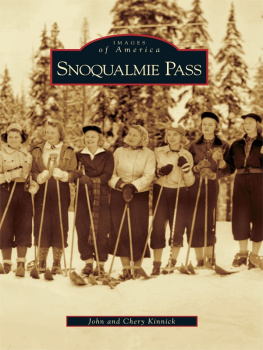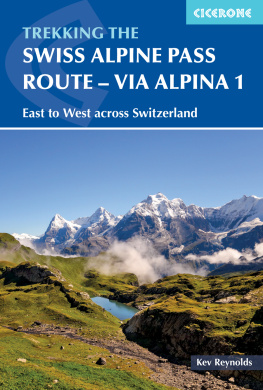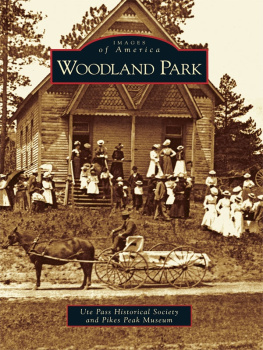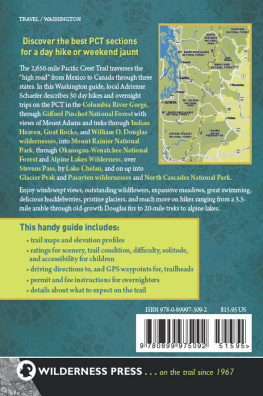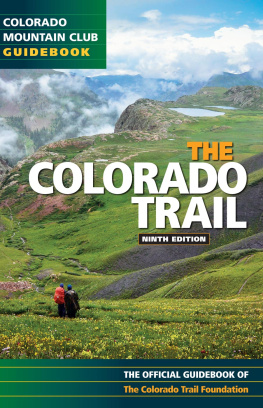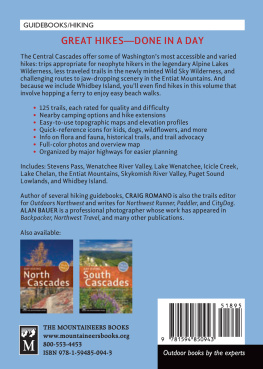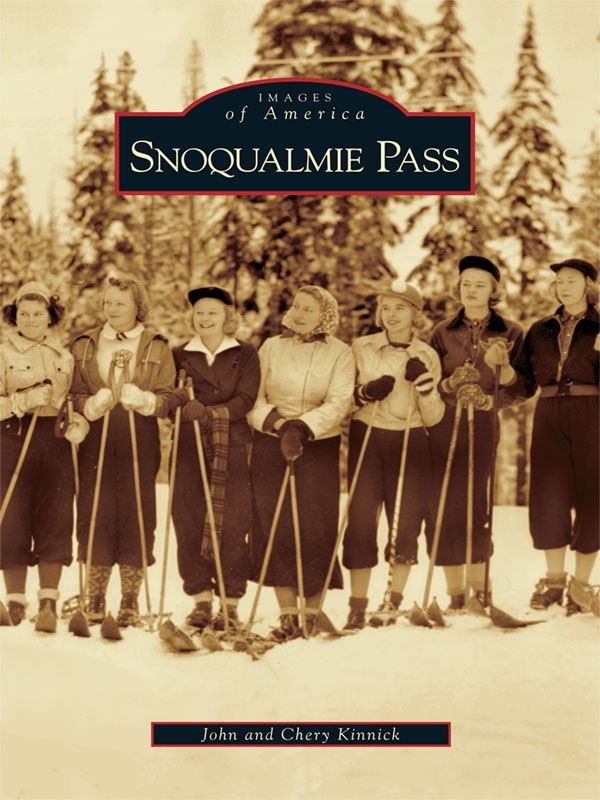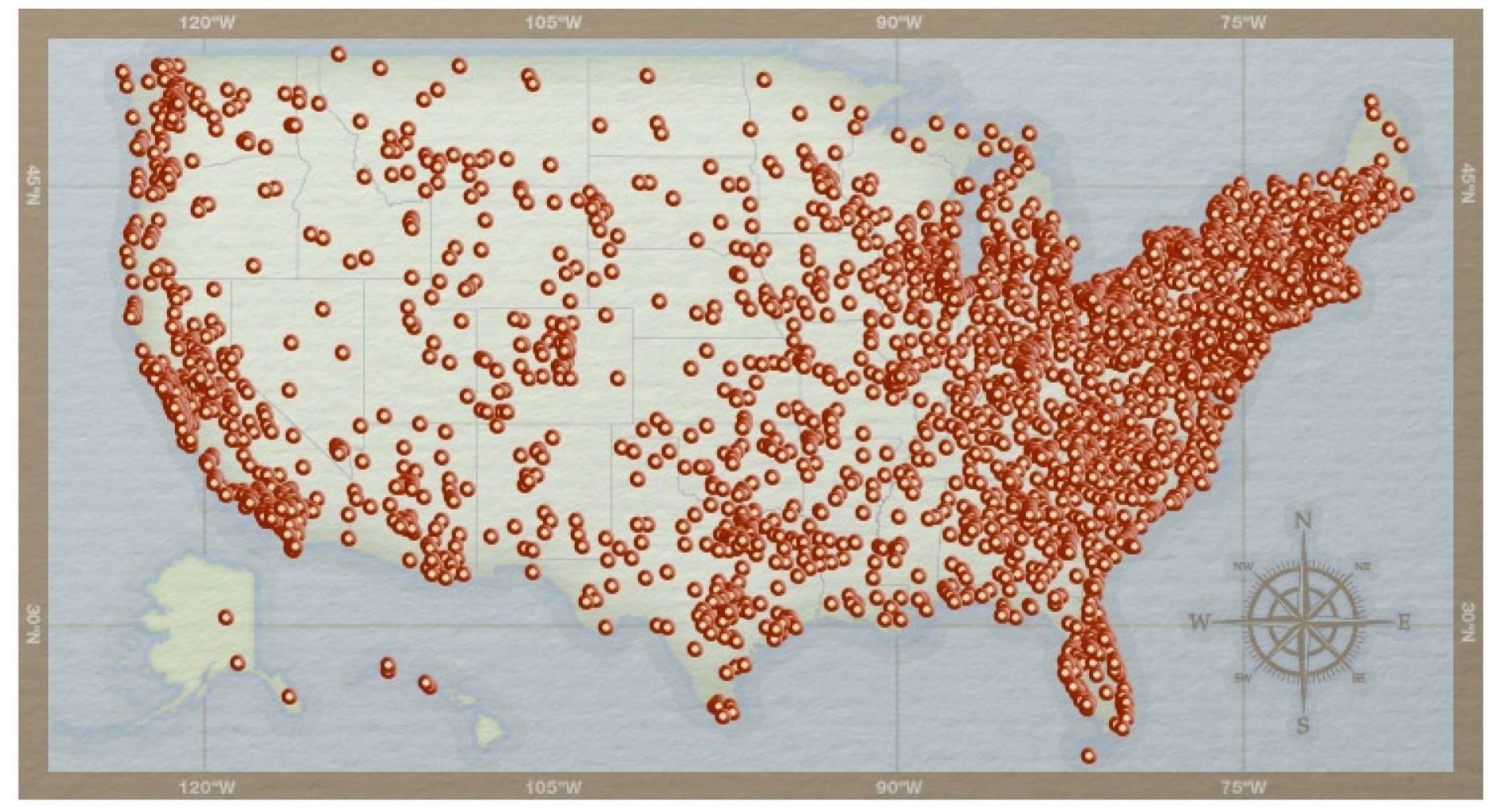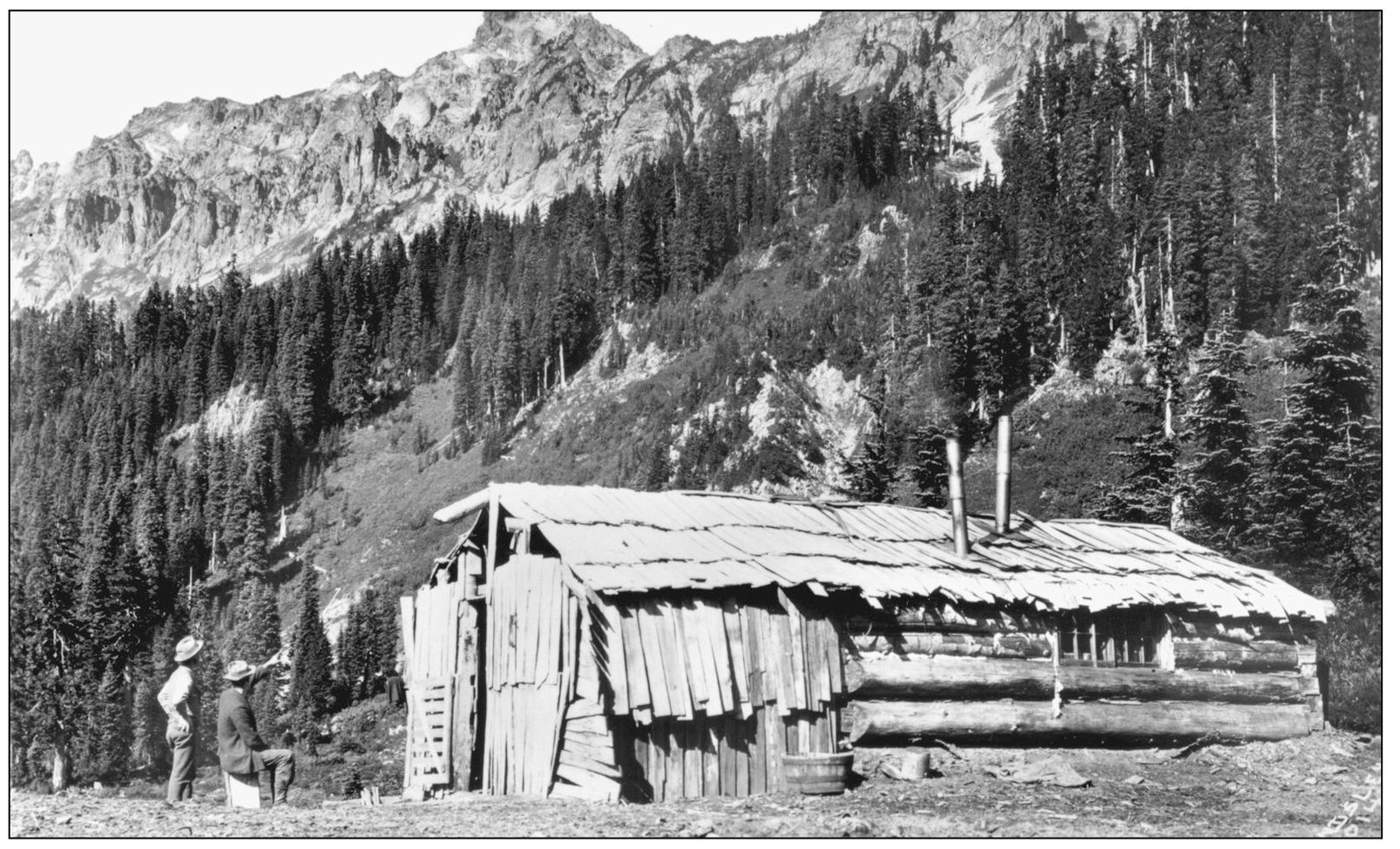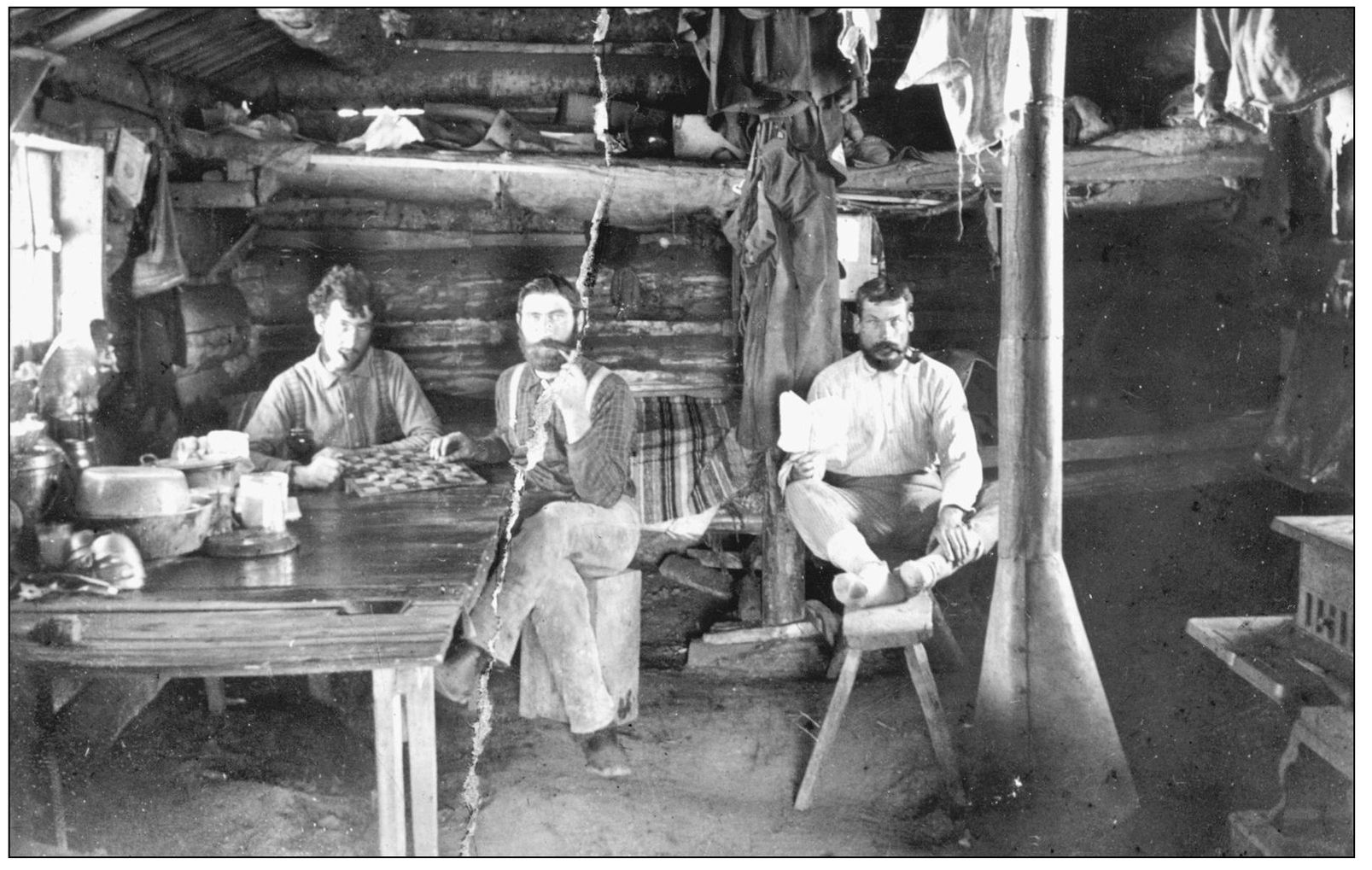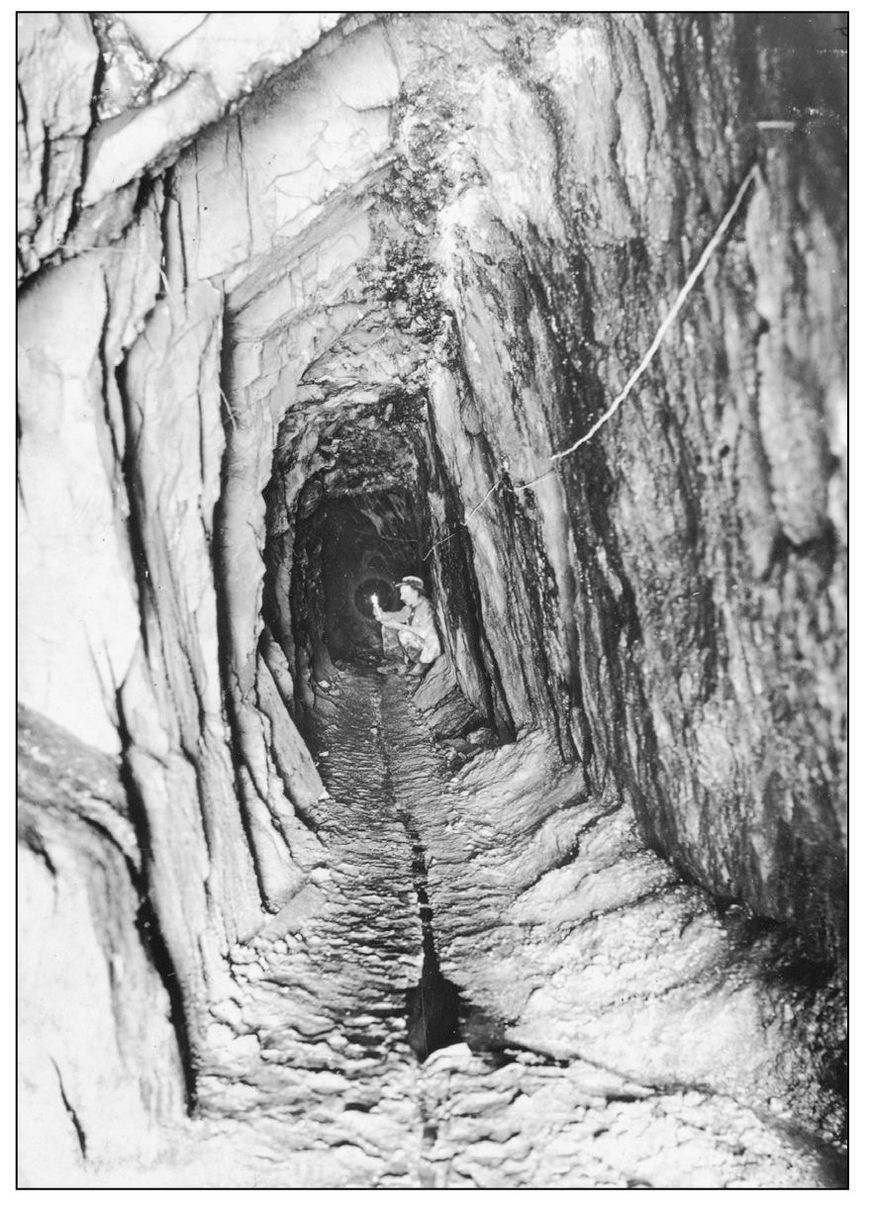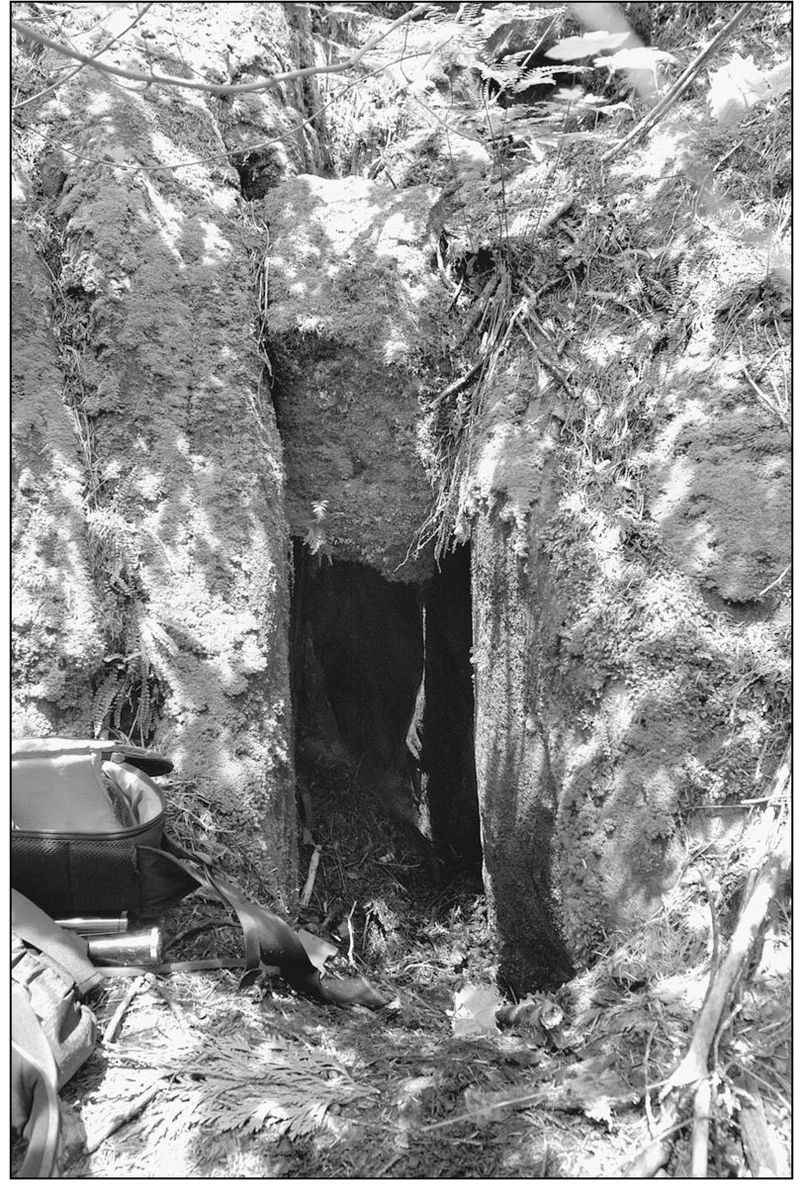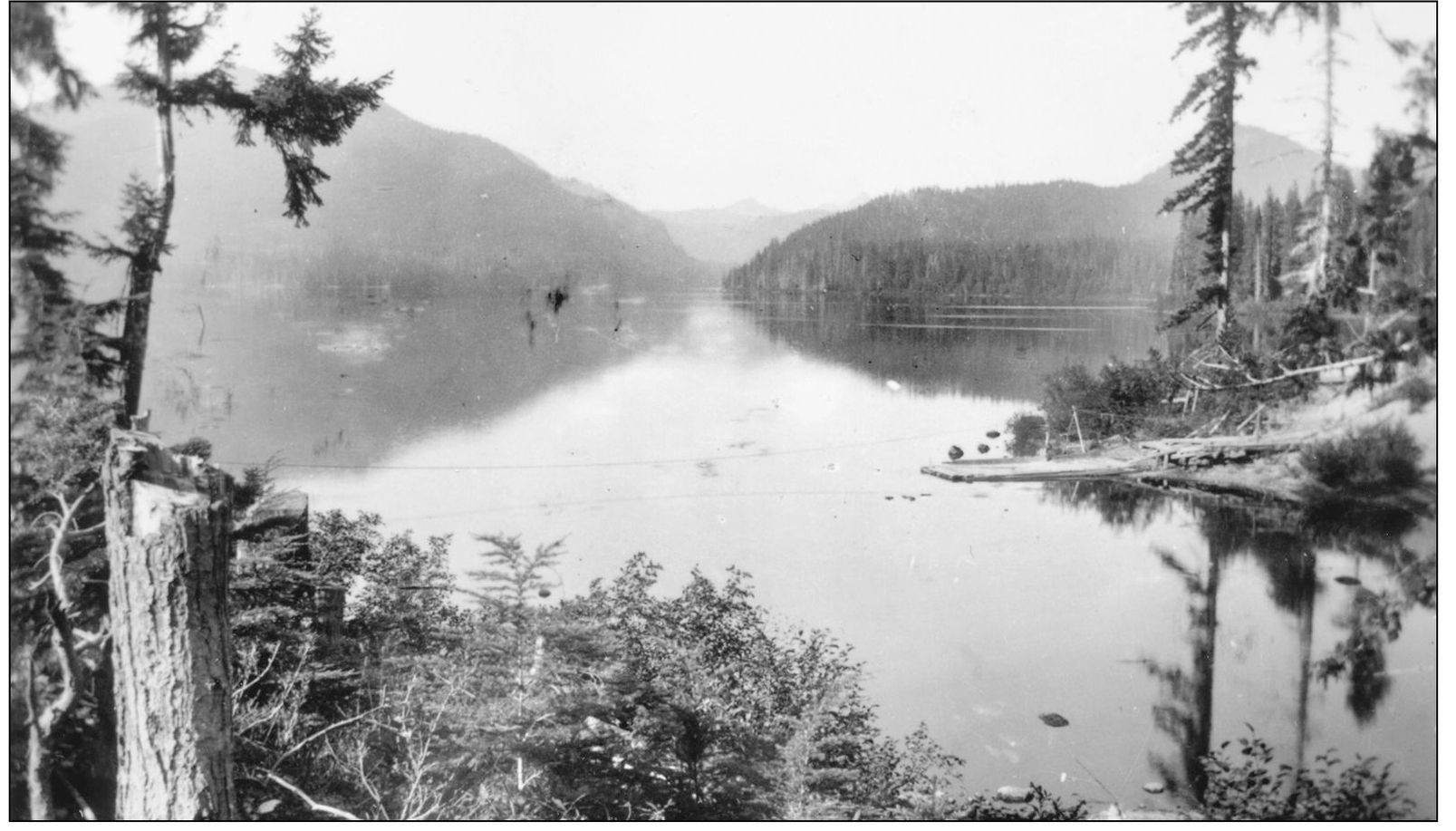ACKNOWLEDGMENTS
We are grateful to the residents, business owners, artists, collectors, sports enthusiasts, and organizations affiliated with Snoqualmie Pass for allowing photographs, creations, and memorabilia to be added to this book of historical images.
We wish to thank Julie Albright, our editor at Arcadia Publishing, for her assistance and enthusiastic encouragement on this project.
We owe much gratitude to David Moffett, who trusted us with private albums belonging to his family that contain over 30 years of ski resort history at the pass. Our appreciation also extends to Hugh, Dollie, and Deb Armstrong, who related information about their familys long association with the sport of skiing and the story behind Debs 1984 Olympic gold medal. We are indebted to Steven Carkeek and Richard Carkeek, who shared hundreds of unique photographs taken by their grandfather Arthur Penryn Carkeek, an early member of the Seattle Mountaineers. It was also an honor to have the gracious assistance of Joy Lucas, whose personal knowledge of the early days at the Snoqualmie/Milwaukee Ski Bowl would tempt any historian.
Sincere appreciation is owed to Danny Miller of Alpental, Jack Leeper, and Adi and Eva Hienzsch, who went out of their way to provide photographs and memorabilia. We also wish to thank Pass residents Ed and Barbara Quirie, DeAnna Reynolds and Steve White, and David and Susan Black and contributors John Mohan, Jack Price, Bob and Lois Baxter, Linda Lee Foster, Thomas Tilton, Rich Poelker, Linda Schrott, and Hank and Kit Cramer.
The Mountains to Sound Greenway Trust ( www.mtsgreenway.org ) and the Outdoors for All Foundation (skiforall.org) granted permission for the inclusion of photographs representing their respective organizations. The following collections must also be acknowledged for providing indispensable images: University of Washington Libraries, Special Collections; the Museum of History and Industry, Seattle (MOHAI); the Washington State Archives; and the Ellensburg Public Library.
BIBLIOGRAPHY
Cascade Times (formerly Snoqualmie Pass Times ).
Chasan, Daniel Jack. Mountains to Sound: The Creation of a Greenway across the Cascades . Seattle: Sasquatch Books, 1993.
Kjeldsen, Jim. The Mountaineers: A History . Seattle: Mountaineers, 1998.
Lucas, Joy. It Started in the Mountains: A History of Pacific Northwest Ski Instructors . Seattle: Professional Ski Instructors of AmericaNW, 1995.
. The Ancient Skiers of the Pacific Northwest . Self-published, 2006.
Prater, Yvonne C. Snoqualmie Pass: From Indian Trail to Interstate . Seattle: Mountaineers, 1981.
Seattle Post-Intelligencer.
Seattle Times .
Snoqualmie Pass Wagon Road . Washington, D.C.: Forest Service, U.S. Department of Agriculture, c. 1973.
Speidel, William C. Jr. You Still Cant Eat Mt. Rainier! Vashon, Washington: Nettle Creek Publishing, 1961.
Ware, Mary Jane. He Remembers the Mountaineers in 1910. Mountaineer . October 1979: 6.
Find more books like this at
www.imagesofamerica.com
Search for your hometown history, your old
stomping grounds, and even your favorite sports team.
One
CROSSING THE CASCADES
Travel across Snoqualmie Pass has always been unpredictable, with its mountain terrain and over-3, 000-foot elevation. In this 1920 photograph, vehicles wait their turn to proceed up the Sunset Highway to the summit. Early travelers across the Pass were a hardy bunch, since automobiles were not insulated and offered little protection from the winter cold. (Courtesy University of Washington Libraries, Special Collections, UW23118.)
The Denny family, one of Seattles early founders, kept this cabin at Ptarmigan Park in the Gold Creek area, about eight miles northeast of Lake Keechelus. It served as a home base for Esther Mines workers. Uncle Will and McMullen are at the front of the cabin, watching for mountain goats on Rocky Boy Peak in 1899. (Courtesy University of Washington Libraries, Special Collections, UW26881.)
From left to right, Roy Denny, Charles Rinn, and Tom Record relax inside the Esther Mines cabin about 1907. Denny, the camp cook, plays a game of checkers with Rinn while Record balances on a narrow bench and reads from a book. (Courtesy University of Washington Libraries, Special Collections, UW26882.)
Victor Denny holds a watch and candle inside Tunnel B of the Esther Mines in 1901. While Lawrence Lindsley took the photograph, Denny timed the exposure at three minutes. Lindsley worked in the mine for seven summers and helped drive about 250 feet through the tunnel. (Courtesy University of Washington Libraries, Special Collections, UW26930.)
Intrepid explorers around Snoqualmie Pass still discover old mines, such as the one pictured here. Arthur Denny made the first mineral discovery in the area, using information he obtained from Native Americans. The Denny Iron Mines Company was formed in 1882. Though $7,000 was initially spent to develop the mines, the ore was found to be low grade and development ceased. (Courtesy Danny Miller.)
In 1901, Lawrence Lindsley, the grandson of David Denny, photographed himself with his saddle and packhorse, White Sam, at Lake Keechelus. Years later, Lindsley wrote, We had just made a two and a half day trip from Licton Springs, Seattle [current Greenlake area]. Sam shows he is sure tired. The cabin is gone and lake has been raised so the ground is underwater. Across the lake the Snoqualmie Pass hiway [ sic ] has been blasted out and thousands of cars pass here every month.... This was the fastest trip we ever made as the usual run was about three days or so. We now make the same trip in auto in three or four hours. Some change. (Courtesy University of Washington Libraries, Special Collections, UW26830.)
Lake Keechelus was still a natural lake when this photograph was taken in October 1896. Beginning in 1912, a ferry company offered passage so that motorists could avoid the unreliable wagon trail. Ferry service ceased soon after a road was completed around the lake in 1915. (Courtesy University of Washington Libraries, Special Collections, WAT103.)

